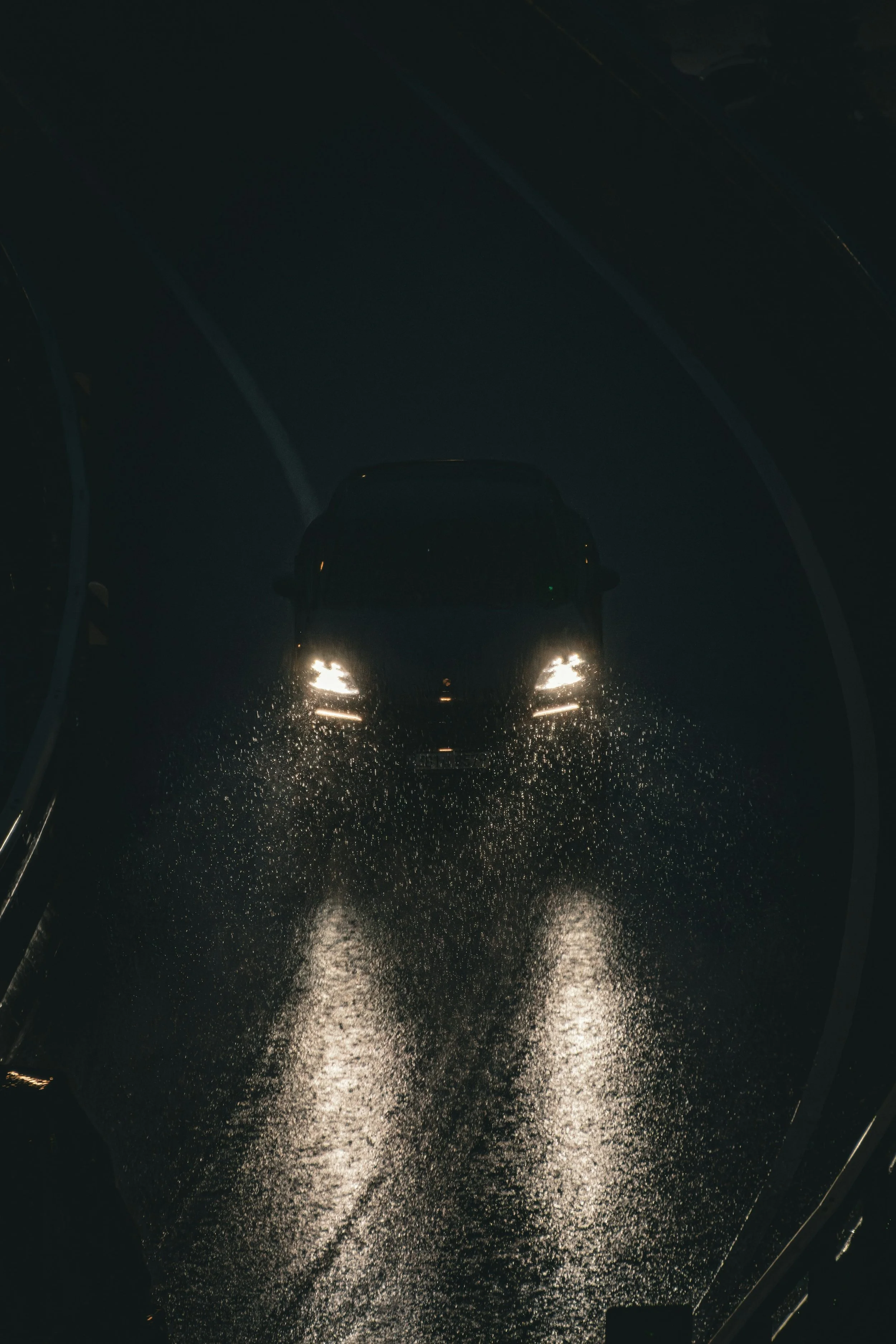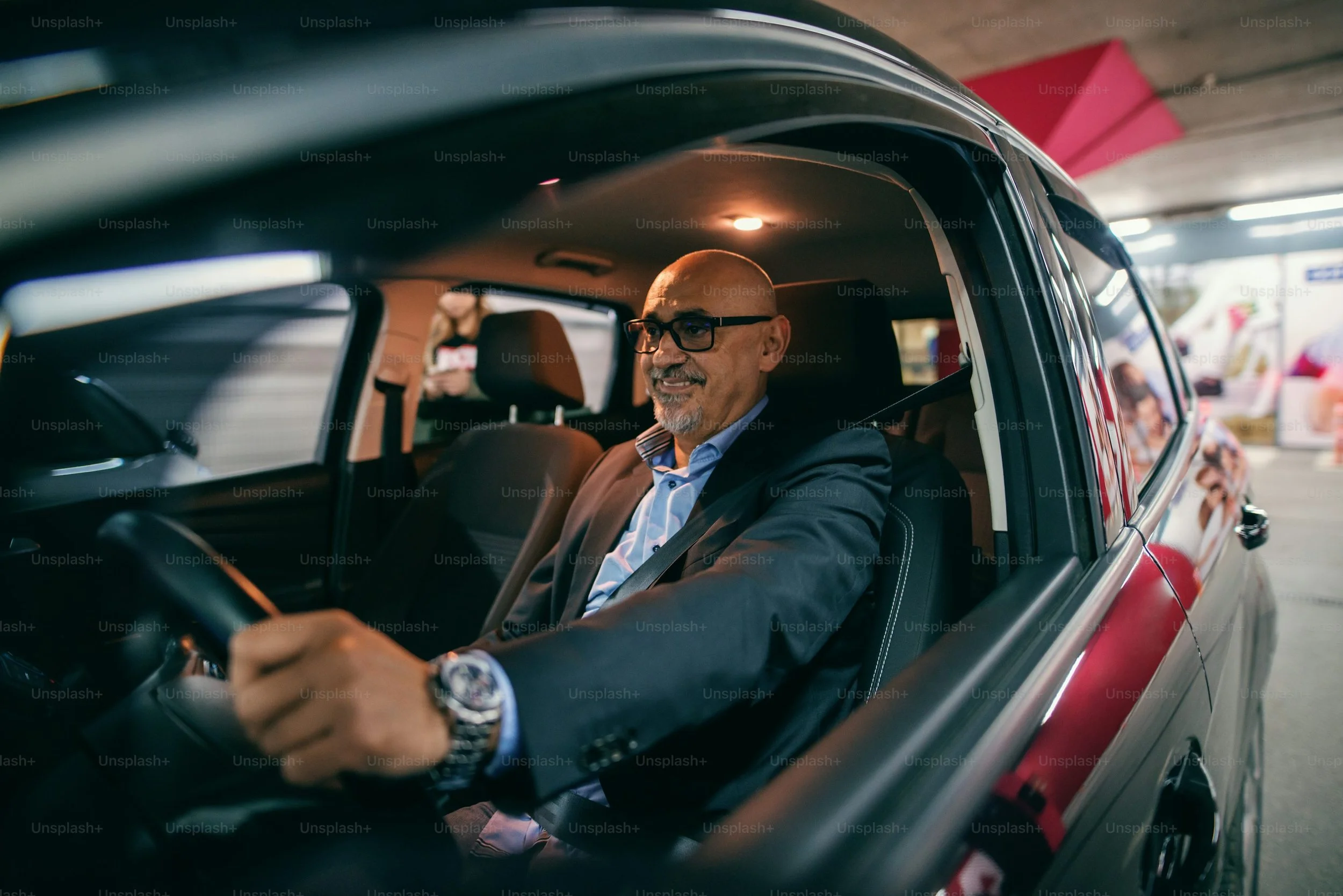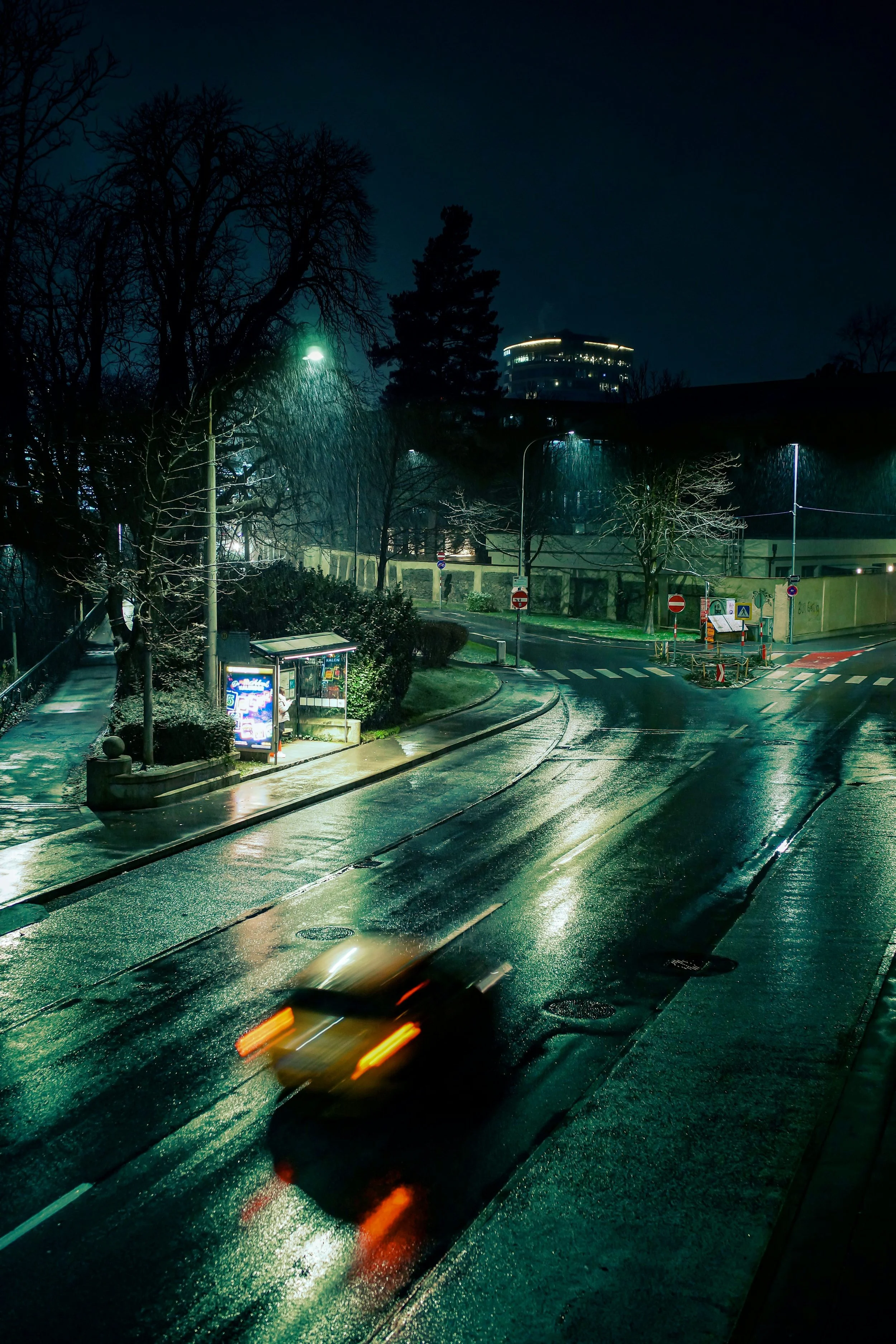Night Driving in Glenview: Why Glare Feels Different as We Get Older
Seeing After Dark Can Feel Different Than It Used To
If night driving has started to feel more intense than it did a few years ago, you are not imagining it. Many adults describe a similar shift. Headlights feel brighter. Reflections off wet pavement feel sharper. Lines on the road seem harder to track at speed. Night glare becomes more noticeable as we get older, and it tends to show up before anything obvious appears on a standard eye chart.
This week is a perfect moment to talk about it. With daylight disappearing earlier after the time change, commutes home are now happening in the dark again. Glenview drivers, Northbrook parents, Wilmette coaches heading home after sports practice, families driving from The Glen to dinner on Milwaukee Avenue or Lake Avenue, everyone is dealing with more headlights and lower contrast conditions in the evening.
Why Does Night Glare Increase
The Science Behind It in Plain English
As we age, our lenses inside the eye slowly change. They scatter light differently. That scattered light makes bright points, like LED headlights, fuzzier and more halo like. You might notice this when a headlight has a starburst look or a flare effect instead of a crisp point of light. The eye is still working, but contrast sensitivity changes. That means the difference between dark and bright zones is harder to separate quickly.
LED Headlights Are Part of the Mix
Modern headlights are bluer and more intense than halogens used to be. They are engineered for visibility, but that brightness also means glare feels more aggressive. You can feel this especially on wet roads, like Lake Avenue after a light rain when sparkles reflect off the asphalt. Winter ice and snow multiply that effect.
What You Can Do To Make Night Driving More Comfortable
Anti Reflective Coatings Can Make a Big Difference
High quality anti reflective coatings on lenses help reduce the scattered light effect. This makes light from oncoming cars feel smoother and less harsh. It also improves clarity around the edges of your field of view. For many people, AR coatings make more difference at night than during the daytime.
Dedicated Night Driving Glasses
Some people benefit from a specific pair of glasses optimized for night driving. These lenses are tuned for contrast, clarity, and minimizing scatter.
Make Sure Your Prescription Is Correct
If your prescription is even slightly off, your eyes need to work harder. At night, that added work feels amplified. The only way to know if you are operating with the most accurate prescription is through a comprehensive eye exam.
The Glenview and North Shore Perspective
Life in this area means a lot of evening driving. Youth sports at Gallery Park, soccer fields near Techny, errands along Waukegan Road, evenings at The Glen, weekend trips to Old Orchard, and Edens commutes back from the city. All of that is happening under bright headlights and low contrast skies from November through February.
Night driving comfort is not just about seeing well. It is about feeling confident, relaxed, and capable behind the wheel when it is dark.
Plain English Takeaway
Night glare becomes more noticeable as we get older. Modern headlights and wet nighttime roads amplify the effect. Better lens coatings and the right prescription can make a genuine difference in night driving comfort.



